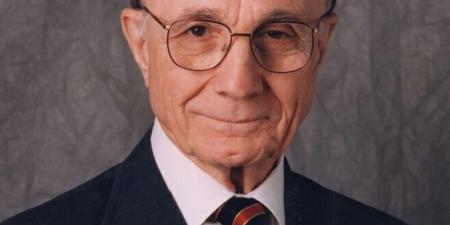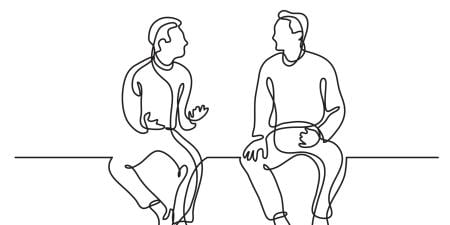During a trip to the Pacific Northwest, I had the opportunity to spend an afternoon touring the Columbia River Gorge and its spectacular waterfalls. The largest of these is Multnomah Falls, which stands at nearly 620 feet. As I stood on the bridge that spanned the upper pool of this double-tiered waterfall, I marveled at the millennia of geological activity it must have taken to create this magnificent temple of rock and water. The slow process of weathering and erosion that creates waterfalls is hardly perceivable, but there are instances where geologic change is dramatically visible. On September 4, 1995, a rock the size of a Greyhound bus broke off from the face of Multnomah Falls, and its landscape was instantaneously altered. Luckily, no one was seriously injured when the rock came tumbling down.
Driving back to the hotel after visiting the Gorge, I reflected on the notion that the creation of waterfalls symbolized to me the historical currents of professionalism that bind physicians of the present to the past and attract future physicians. The professional landscape of contemporary medicine is shaped in many respects by the ethical values and conduct of physicians who came before us, and, by virtue of our predecessors' actions and priorities, we are the beneficiaries of the trust that patients have in today's physicians. However, this public trust can be taken for granted. The erosion of trust is often difficult to perceive until a critical point is reached, and then rebuilding fallen trust may be tough if not impossible. Over the last 5 years, the number of medical school applications has fallen by one-fifth, and, while this may not seem as dramatic as the crash of a bus-size boulder, it does reflect a growing disillusionment about medicine as a calling. Thus, the actions and priorities of contemporary physicians collectively shape the professional landscape of medicine that students and residents will face, and the future of professionalism will rise or fall depending on that landscape's ethical contours.
A physician who undoubtedly contributed to creating our current professional landscape was Archibald Wright Graham. Most of you might know him better as "Moonlight" Graham, the physician who had a short-lived career as a baseball player. Portrayed by Burt Lancaster in the 1989 motion picture, "Field of Dreams," Moonlight Graham made his major league debut on June 29, 1905 with the New York Giants. Because of the way the ball bounced in a single game, however, he lost his only chance to face a big league pitcher. After the 1905 season, Graham left baseball to fulfill his dream of becoming a medical doctor, eventually pursuing his life's work in Chisholm, Minnesota. "Doc" Graham spent his entire medical career in Chisolm, where he gained national recognition for his studies on children's blood pressure and enjoyed the love and respect of the entire local community. In the film, the character played by Kevin Costner commented on the tragedy that Moonlight Graham's baseball career lasted only 5 minutes, but Doc Graham replied, "Son, if I'd only got to be a doctor for 5 minutes, now that would have been a tragedy."
With the aim of contributing to positive changes in our ethical and professional landscape, the Virtual Mentor was created by the AMA's Ethics Standards Group more than 2 years ago as an online forum for examining the ethical and professional issues confronting medicine. The editors and contributors of the Virtual Mentor have published essays and stories meant to catalyze interest, invite discussion, and broaden understanding among our readers about the challenges that confront this healing profession. We built it, and, to our delight, students and teachers have come in increasing numbers to the Virtual Mentor.



